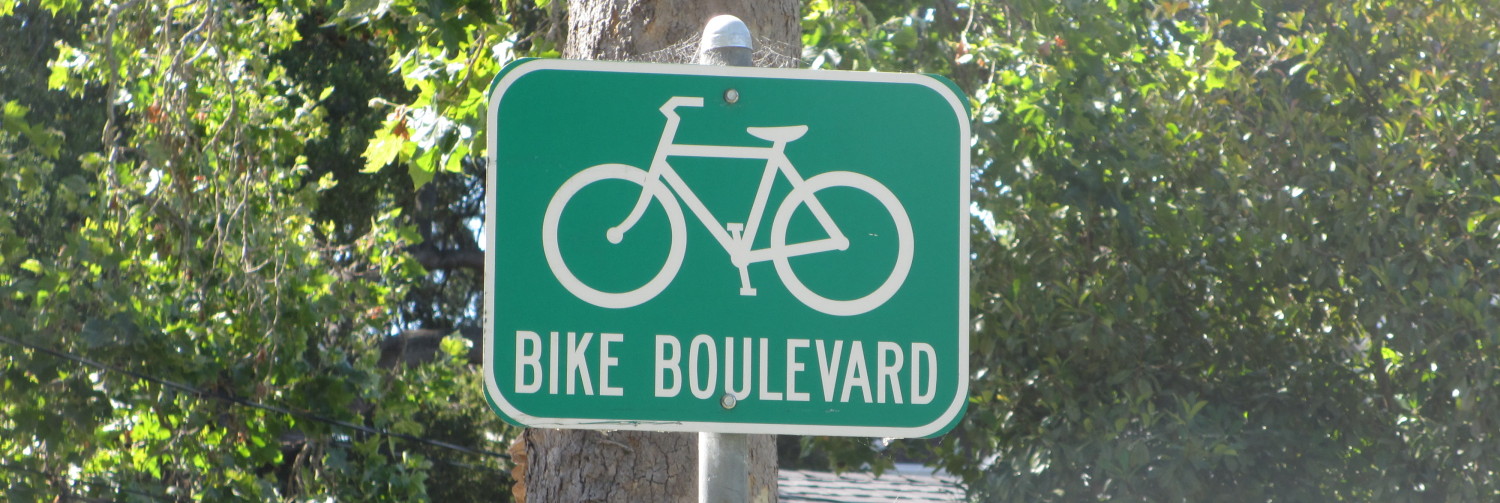I was fortunate enough to join some neighbours on air this morning with Robin at CBC Morning.
I was rather alarmed when it became apparent that it was the same panel as last January, and that they had checked out our comments from then, and were going to quizz us on how things changed. What on earth had I said back then? Heck, I can’t remember what I said two minutes ago !
This link might work should you have 15 minutes idle time: http://www.cbc.ca/player/play/2687682347 http://www.cbc.ca/player/play/2687682347


Eric .
I heard your and Micheals interview on CBC this morning on the Lebreton Flats redevelopment.
I agree with much of what you said. I disagree however that burying the LRT thru Lebreton is a bad idea. A burried LRT will increase connectivity to the site and reduce noise levels. A surface LRT would be like the current SJAM parkway which acts as a barrier to the waterfront and a source of noise.
On of the reasons that New Yorks Central park is so tranquil is that car routes crossing the park go under it.
Burying the LRT is fundamentally wrong. It should be depressed perhaps, with easy crossings, but must be visible to emphasize the transit aspect and our modern rolling stock. There is no real noise from modern LRT vehicles running on welded rail.
I don’t understand why pedestrians in the area need to be continually inconvenienced in order to emphasize transit that they would almost certainly already be aware of.
I wish the whole thing was buried. I lived in Toronto for over ten years and the ONLY thing I miss is the subway. I love the subways in Montreal, London and New York.
Burying the line is going to be expensive and very difficult to make happen, without closing a kilometre long section of the line for months at a time, just a few years after are new LRT line opens. Plus the concrete terracing structures that are going to be used to cover the LRT line, is a rehashed planning concept that was popular in the 1960’s and1970’s. Very few places in North America did it, however it was very widely used in the UK. Usually to separate vehicle and pedestrian traffic in crowded central areas of regional towns and cities. 40+ years later, these structures are in poor shape and near the point of collapse. Unfortunately the legal agreements that decided who paid for what in terms of maintenance, have long since lapsed, legally speaking and the same communities that put them in are removing them and replacing with good pedestrian crossings.
These same communities then realized what a bad idea they were in the first place when they discovered far simpler techniques could be used to separate people, cars and in our case trains. Remember, our LRV’s at this point, between Bayview and Lebreton (Pimisi) Stations are not ever going to be travelling greater than 30 km/hour and legally don’t require more than a chain or rope to be separated from the public. That is the advantage of LRT it is very pedestrian friendly.
Simple pedestrian crossing at Queens Quay Ferry Docks Station on the 509/510 route or the Harborfront LRT Line in Toronto.
http://transit.toronto.on.ca/photos/images/ttc-4400-4070-queens-quay-20141015.jpg
Trees and a change of surface material separate a busy (busier than are planned Confederation Line) private Streetcar/LRT ROW in downtown Toronto and a even busier bicycle path and sidewalk.
http://cenews.com/post/7393/arup-celebrates-grand-opening-of-torontos-queens-quay-waterfront-revitalization-project
http://www.west8.nl/projects/urban_design/queens_quay_boulevard/
The LRT will be travelling a lot faster than 30kmh through the site. By the arena the trains will likely be nearly 100 km/h.
Burying the LRT will not require closing the line for months. It will probably require a few weekend closures and that’s it. Many cities including Calgary and Toronto have covered over rail lines while keeping them in service.
Covering the LRT raises the issue of “air rights” and would give Trinity and other developers more arguments to get this in other places (such as 900 Albert, perhaps?) I see some relationship between these issues. The city claims not to have considered air rights above the LRT yet but this will force it.
Good! More buildings over the line means more development near transit. Build baby build